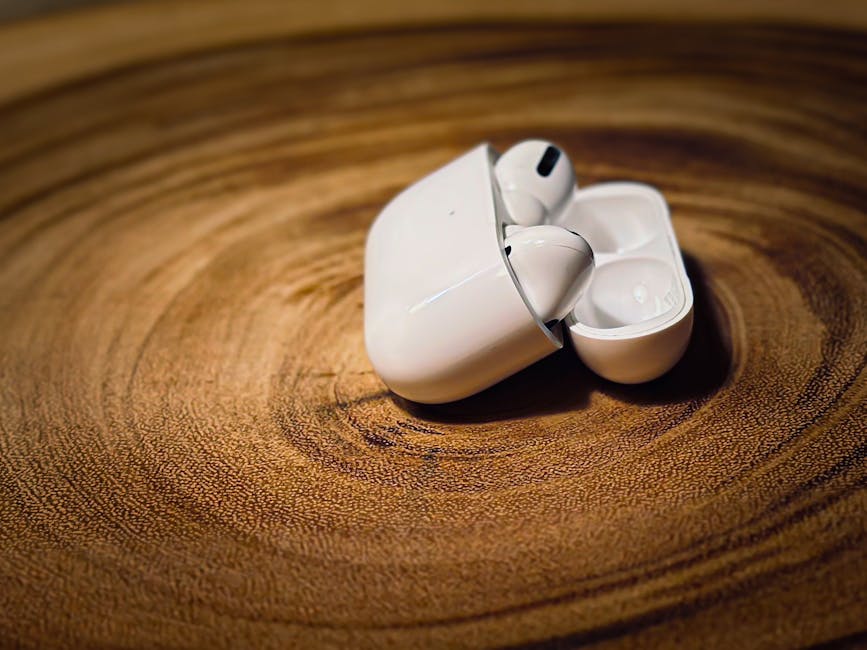
How to Reduce Static Cling Without Chemical Sprays
How to Reduce Static Cling Without Chemical Sprays
Static cling is a common annoyance, especially during dry winter months or in environments with low humidity. Those pesky shocks and clothes that stubbornly stick to your body can be frustrating. While many people reach for commercial anti-static sprays, these often contain chemicals that may irritate sensitive skin or leave residues on fabrics. Fortunately, there are numerous natural, effective, and eco-friendly ways to reduce static cling without relying on synthetic sprays.
Understanding the Causes of Static Cling
Before diving into solutions, it helps to understand why static cling occurs. Static electricity builds up when two materials rub against each other, causing electrons to transfer and create an imbalance of charges. Dry air exacerbates the problem because moisture in the air normally helps dissipate static. Synthetic fabrics like polyester, nylon, and acrylic are particularly prone to static buildup, while natural fibers like cotton and wool are less likely to cling.
Natural Ways to Reduce Static Cling
1. Increase Humidity in Your Home
Since dry air worsens static, adding moisture to your environment can make a big difference.
- Use a Humidifier: Running a humidifier in your home, especially in bedrooms and laundry areas, keeps the air moist and reduces static.
- Place Bowls of Water Near Heat Sources: If you don’t have a humidifier, placing water bowls near radiators or heating vents can help add moisture to the air.
- Hang Damp Towels: Hanging slightly damp towels in dry rooms can also help increase humidity temporarily.
2. Choose Natural Fabrics
Synthetic materials are the biggest culprits of static cling. Opt for natural fibers whenever possible:
- Cotton, Linen, and Wool: These fabrics generate less static than synthetic blends.
- Layer Wisely: If you must wear synthetic clothing, layer it over a natural fabric like cotton to minimize friction.
3. Use a Metal Hanger or Safety Pin
A simple trick to discharge static is to use metal, which conducts electricity.
- Run a Metal Hanger Over Clothes: Gently glide a metal hanger over the surface of clingy garments to neutralize static.
- Attach a Safety Pin: Place a small safety pin inside a seam or hem—it will help dissipate static buildup throughout the day.
4. Apply Moisturizer or Hair Conditioner
Dry skin contributes to static, so keeping your skin hydrated can help.
- Rub Lotion on Your Skin: Applying a light, unscented lotion before dressing can reduce static shocks.
- Diluted Hair Conditioner Spray: Mix a small amount of hair conditioner with water in a spray bottle and lightly mist clothes (avoid over-saturating).
5. Use Dryer Balls or Aluminum Foil in the Dryer
If static is a problem after laundry, try these dryer-friendly solutions:
- Wool Dryer Balls: These natural alternatives to dryer sheets reduce static while softening fabrics.
- Aluminum Foil Ball: Crumple a sheet of aluminum foil into a ball and toss it in the dryer—it helps discharge static electricity.
6. Vinegar or Baking Soda in the Wash
Adding natural ingredients to your laundry routine can prevent static buildup.
- White Vinegar Rinse: Add ½ cup of white vinegar to the rinse cycle—it softens fabrics and reduces static.
- Baking Soda Wash: Sprinkle a small amount of baking soda into the wash to neutralize odors and minimize cling.
7. Rub Clothes with a Dryer Sheet (Reusable Option)
If you prefer a reusable method, try these alternatives to disposable dryer sheets:
- Rub with a Damp Washcloth: Lightly dampen a washcloth and run it over clothes to reduce static.
- Use a Reusable Wool Dryer Sheet: Wool dryer sheets can be used multiple times and are chemical-free.
8. Ground Yourself to Discharge Static
Sometimes, static builds up on your body rather than your clothes.
- Touch Metal Objects Frequently: Touching a doorknob, faucet, or other grounded metal surfaces can discharge static before it causes cling.
- Wear Leather-Soled Shoes: Rubber soles insulate static, while leather allows it to dissipate.
Conclusion
Static cling doesn’t have to be an unavoidable nuisance. By adjusting your laundry routine, choosing the right fabrics, and using simple household items like vinegar, aluminum foil, or moisturizer, you can keep static at bay without resorting to chemical sprays. These natural methods are not only effective but also better for your skin, clothes, and the environment. The next time your skirt sticks or your socks shock you, try one of these easy solutions for a static-free day!







